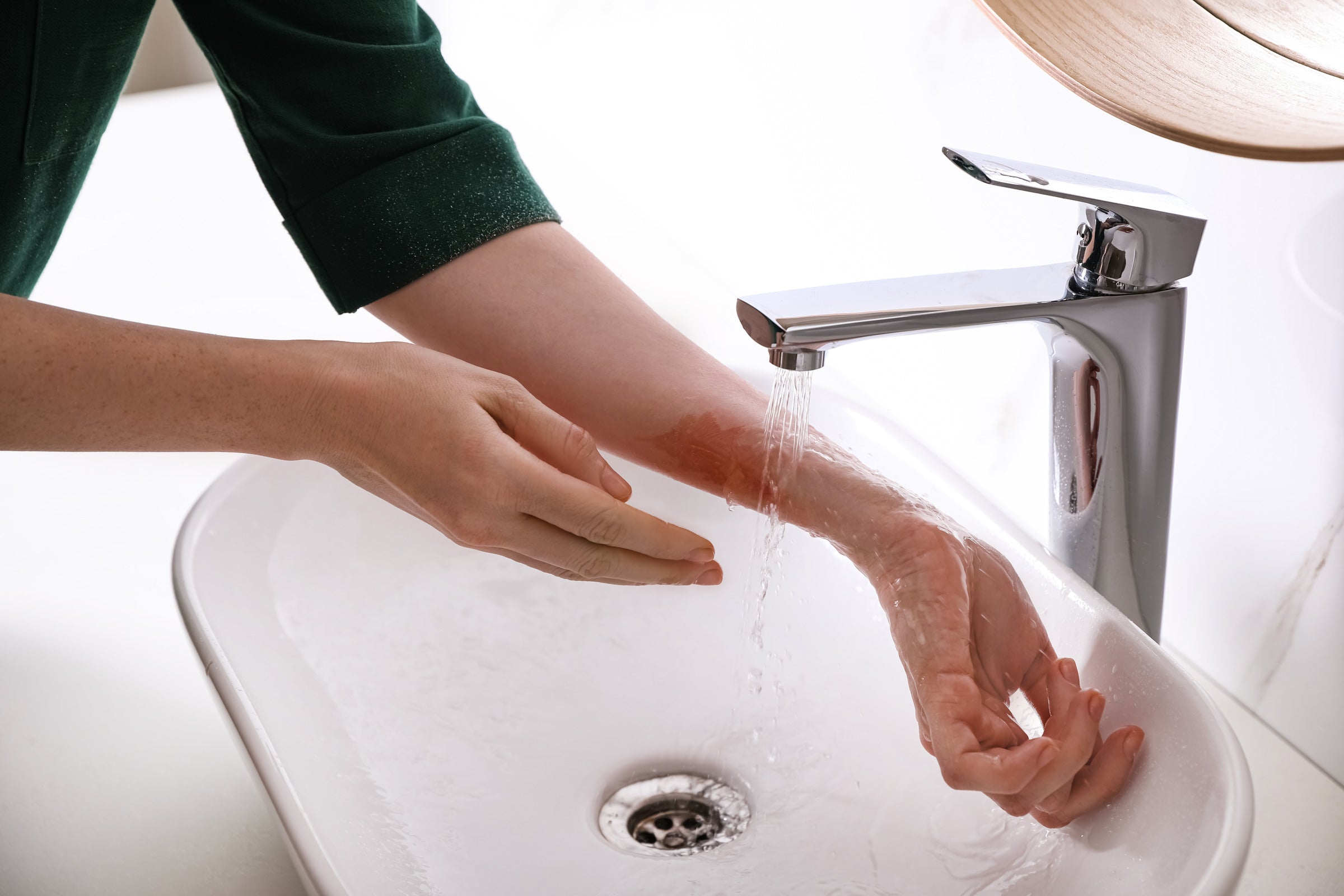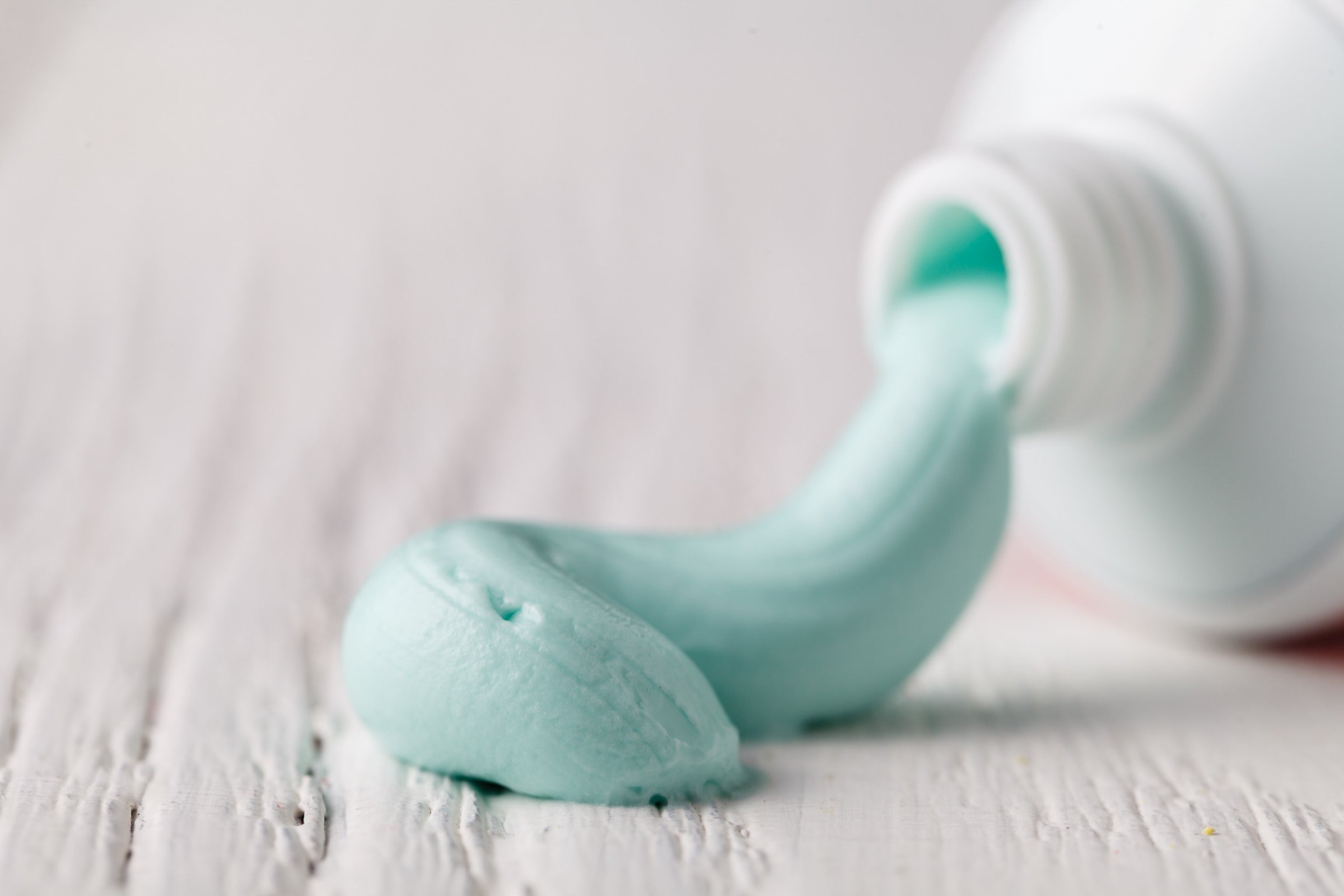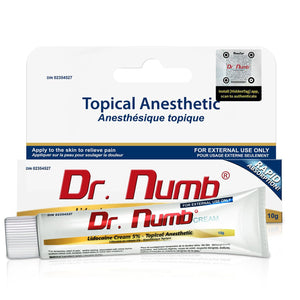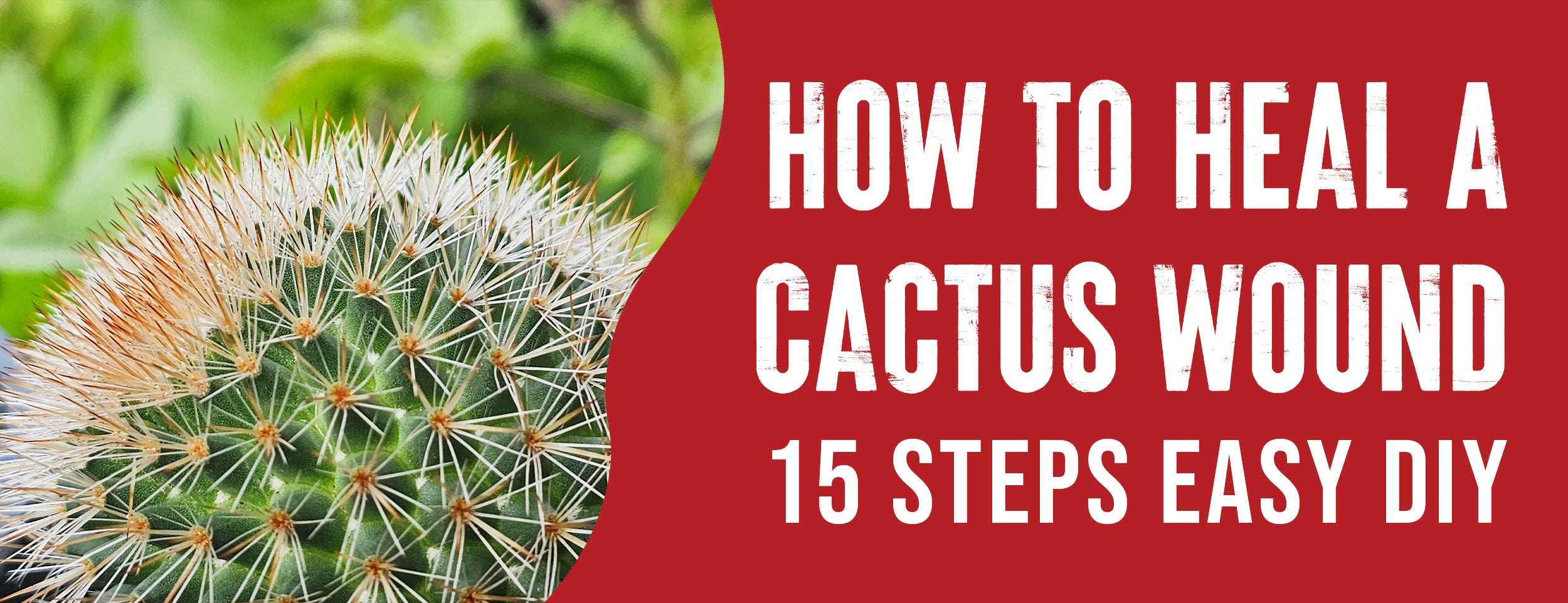Burns are painful wounds caused by heat, electricity, chemicals, or radiation. Smoking and flames are the top causes for older adults. Scalding is common for children. Infants and older adults face the highest risk of burn injuries.
To prevent infection, a burn wound should be washed daily with mild soap and water. Avoid hydrogen peroxide or alcohol, which can slow the healing process. After washing, apply antibiotic ointment or petroleum jelly to the wound.
In this blog post, we'll guide you step-by-step through disinfecting a burn wound, helping you understand why each step matters and how to do it right.
How To Disinfect A Burn Wound: 17 DIY Steps

Disinfecting a burn wound is a careful process that helps prevent infection and promotes healing. Follow these steps to ensure the wound is treated correctly.
Preparation Before Disinfection
Before you begin disinfecting a burn wound, there are a few steps you need to take. This preparation is crucial to ensure the disinfection process is done correctly and safely.
Gathering the Necessary Supplies
First, you'll need to gather all the supplies required for this process. Having everything at hand will make the entire process smoother and more efficient. Here's what you'll need:
- Sterile gloves: They prevent further contamination of the wound.
- Mild soap and water: For cleaning the area around the wound.
- Antiseptic solution or wipes: To disinfect the wound.
- Clean towels or gauze: To dry the area after cleaning and cover the wound.

Gently Cleaning the Burn Wound
The first step is cleaning the wound gently to remove dirt or debris.
- Wash your hands with soap and water before touching the wound.
- Use a saline solution or clean water to rinse the wound.
- Avoid using cotton balls or anything that might leave residue in the wound.
- You should use a clean, lint-free cloth or sterile gauze to dry the area.
Application of a Disinfectant
After cleaning, a disinfectant will help kill any germs that might cause infection.
- Make sure you apply an antiseptic cream or ointment.
- Alcohol and hydrogen peroxide can damage tissue, so do not use them.
- If you feel discomfort, a mild, over-the-counter pain reliever can help.
Dressing the Wound Properly
A proper dressing protects the wound and helps it stay clean.
- Put sterile gauze over the wound or apply a bandage.
- Secure the dressing with medical tape, but don’t make it too tight.
- When the dressing gets wet or dirty, it should be changed daily.
Regular Wound Care and Monitoring
Regular care is essential to monitor the wound’s healing progress.
- Ensure the wound is free of any signs of infection, like redness, swelling, or pus.
- Keep the wound dry and clean between dressings.
- If the wound doesn’t improve or worsens, contact a healthcare provider.
Burn Wound Disinfection: Common Mistakes to Avoid

When treating a burn wound, following the proper steps to prevent infection and promote healing is crucial. Some common mistakes can interfere with recovery. Let’s explore these missteps and debunk some myths about burn wound care.
Complications of Disinfection Mistakes
Burn wound disinfection is a delicate process. It can be beneficial if done correctly. Here are some errors to steer clear of:
- Using inappropriate substances: Avoid applying butter, toothpaste, or other home remedies to a burn wound. These can cause infections.
- Overuse of antiseptics: While antiseptics are essential, too much can damage skin tissue and delay healing.
- Ignoring the need for sterile materials: Always use sterile gauze and tools to avoid introducing bacteria to the wound.

Myths About Burn Wound Care
There are many myths about how to treat burns that can be misleading. It’s essential to know the facts:
Myth: Ice can soothe a burn.
Reality: Ice can cause further damage to the burned skin. Use cool, not cold, water.
Myth: Popping blisters helps.
Reality: Blisters protect against infection. Popping them can lead to complications.
Myth: All burns require ointments.
Reality: Not all burns need ointments. Some just need to be kept clean and dry.
Conclusion
Disinfecting a burn wound is more than a precautionary measure. It's vital to healing. You can drastically reduce the risk of infection and complications by diligently cleaning the wound, choosing the suitable disinfectant, and maintaining proper aftercare.
As we’ve seen, even minor burns require serious attention. Remember, when in doubt, always seek professional medical help. Your health and well-being are worth it! So, let's handle burn wounds with the care they demand and deserve.








![7 Tips To Disinfect Stab Wounds [5 Complications]](http://drnumb.ca/cdn/shop/articles/How_To_Disinfect_Stab_Wound__7_DIY_Steps_5_Complications.jpg?v=1715140726)


